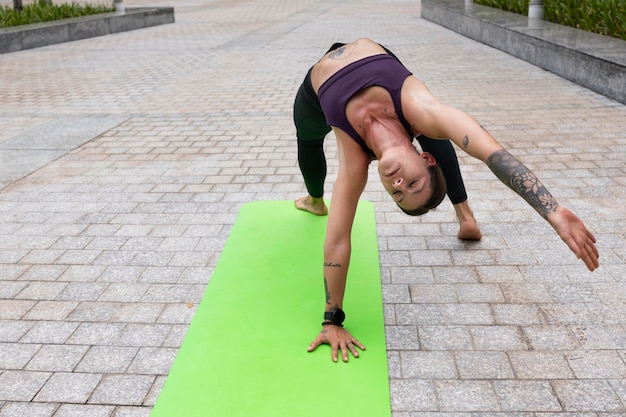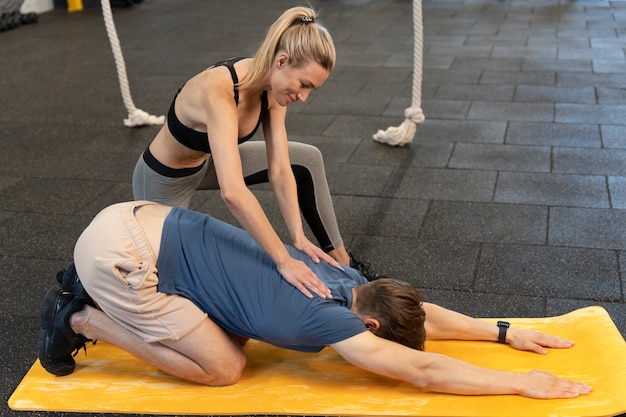If you're a runner looking to break through plateaus, add excitement to your routine, and improve both speed and stamina, it's time to explore Fartlek training. This flexible, fun, and highly effective workout method blends aerobic and anaerobic exercise in a way that keeps your body guessing and your mind engaged. In this comprehensive guide, we’ll dive into what Fartlek is, its benefits, potential risks, and how to start—complete with tips on staying consistent and measuring progress weekly. We’ll also touch on how yoga and mobility work can support your Fartlek journey.
The word Fartlek comes from Swedish, meaning "speed play." Unlike structured interval training, Fartlek is more unstructured and intuitive. It involves varying your pace throughout a run—alternating between fast bursts and recovery jogs or walks—based on how you feel, the terrain, or pre-set markers like lampposts or street signs.
For example, you might jog for 5 minutes, sprint to the next hill, recover for 2 minutes, then surge again for 30 seconds every time you pass a tree. The freedom makes Fartlek ideal for runners who want to improve fitness without rigid timing or equipment.

While Fartlek is generally safe, improper execution can lead to overuse injuries or burnout. Common risks include:
To minimize risks: always warm up for 5–10 minutes, limit Fartlek to 1–2 times per week, and listen to your body. If you feel sharp pain or excessive fatigue, scale back.
Starting Fartlek is simple. Here’s a beginner-friendly plan:
As you progress, increase the number, duration, or intensity of surges. The key is consistency—not perfection.
Consistency is the cornerstone of progress. Schedule Fartlek runs weekly—perhaps every Tuesday or Thursday—and track your performance. Use a running app or journal to record:
Over time, you’ll notice improvements in pace, recovery time, and overall stamina. Celebrate small wins to stay motivated.
Fartlek places dynamic stress on muscles and joints. Incorporating yoga and mobility exercises 2–3 times per week can enhance flexibility, reduce injury risk, and improve running form.
Focus on poses and movements that open the hips, stretch the hamstrings, and strengthen the core—such as Downward Dog, Pigeon Pose, and Cat-Cow. These practices also promote recovery and body awareness, helping you tune into subtle signals during training.

Fartlek training is a powerful, adaptable tool for runners of all levels. By blending speed, endurance, and playfulness, it makes running more engaging and effective. Start fast with a simple plan, stay consistent with weekly sessions, and track your progress to see real results. Pair it with yoga and mobility work to stay injury-free and perform at your best.
Lace up, hit the trail or pavement, and let speed play transform your running journey.

Fitness

Fitness

Fitness

Fitness

Wellness

Wellness

Fitness

Fitness

Fitness

Fitness

Health

Wellness

Health

Fitness

Health

Health